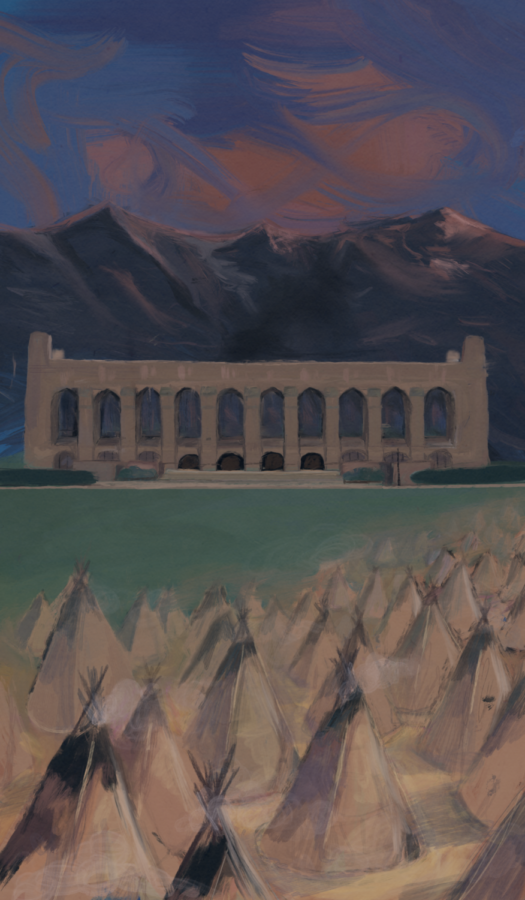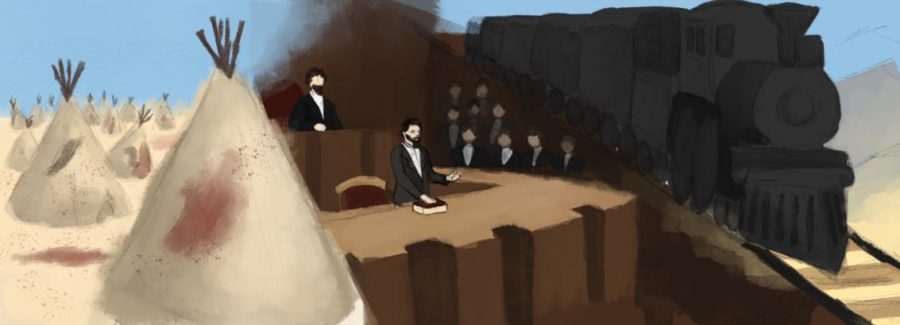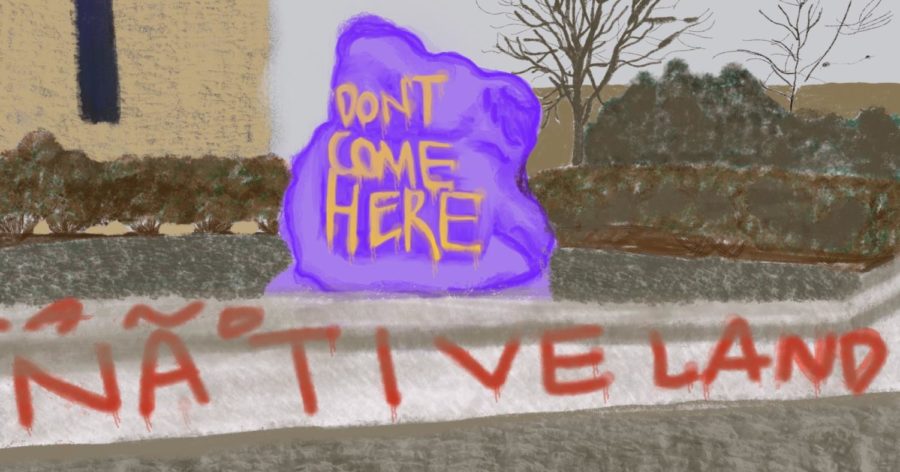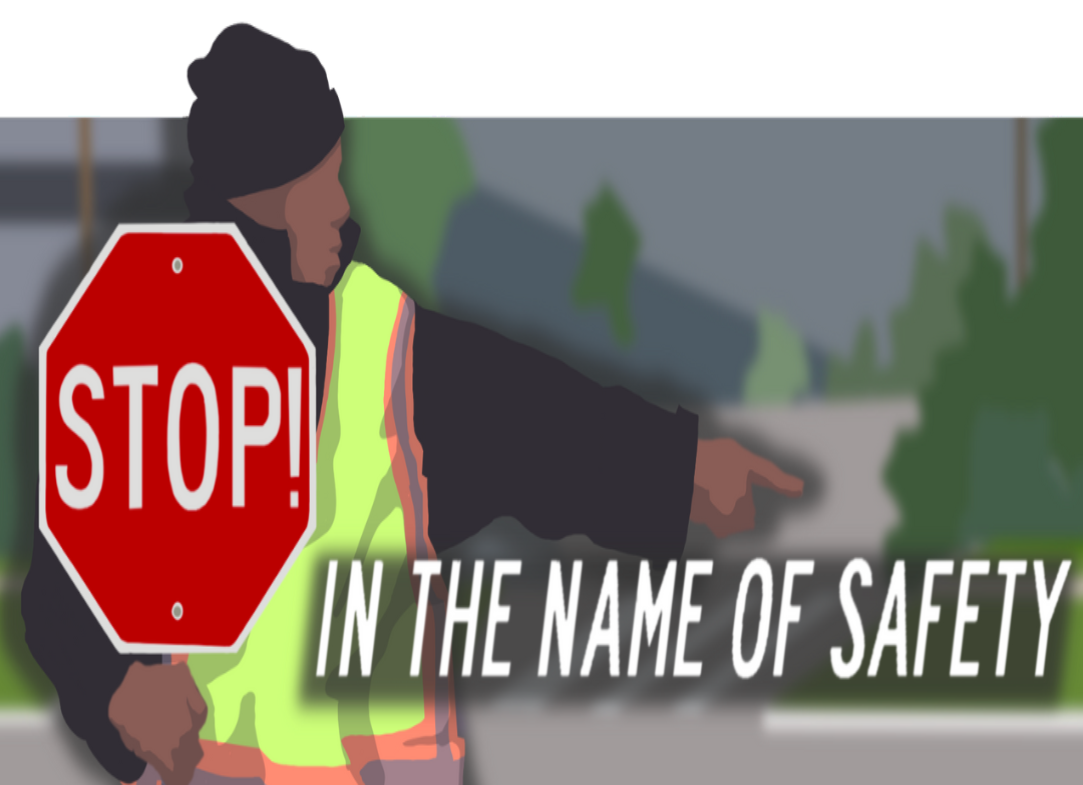John Evans and the Sand Creek Massacre
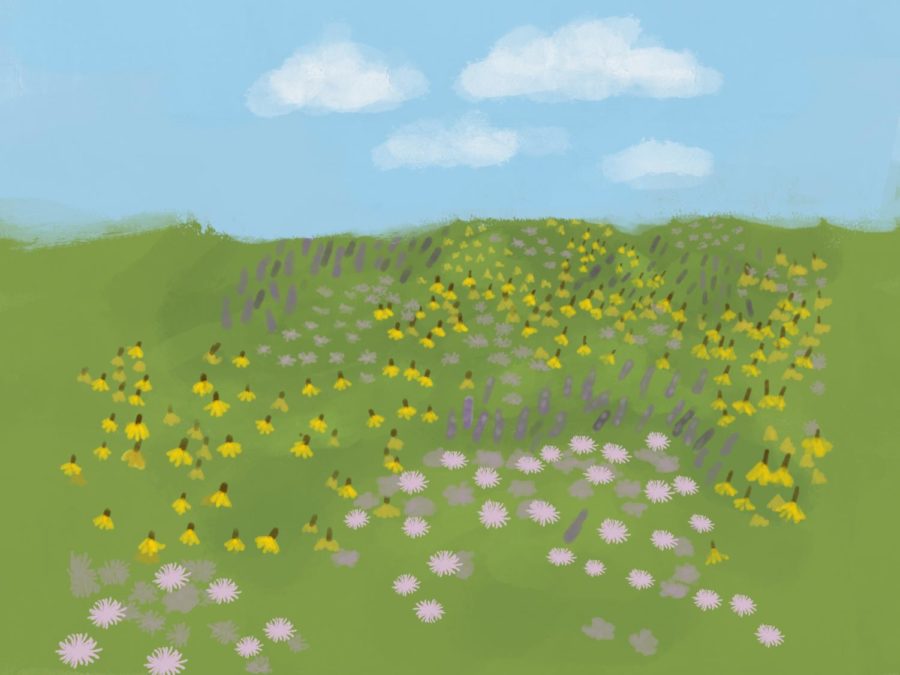
Land Acknowledgement
Meg Houseworth, Executive Editor
• February 27, 2023
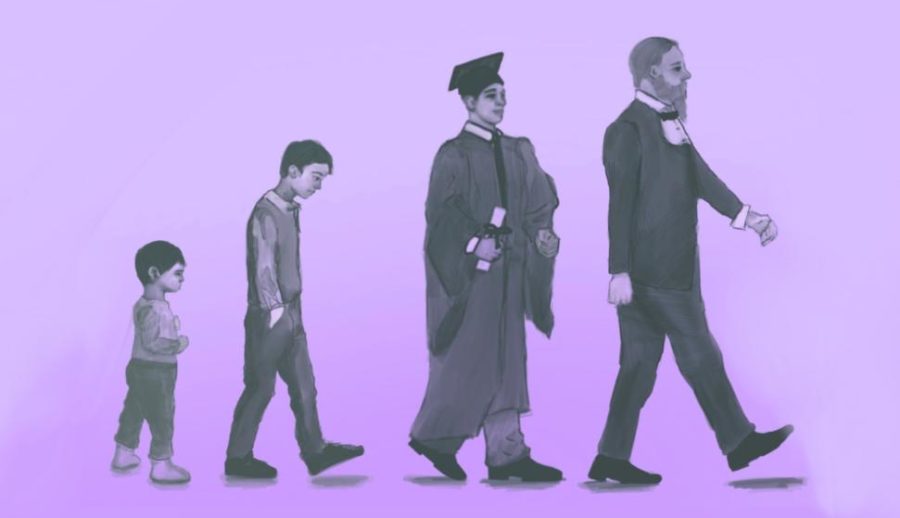
Always craving more: Evans’ early life
Sam Froum, Ethan Ravi and Mack Jones
• February 27, 2023

Gaming the system: Evans’ power grab
Jilian Denlow, Christopher Vye and Jared Tucker
• February 27, 2023
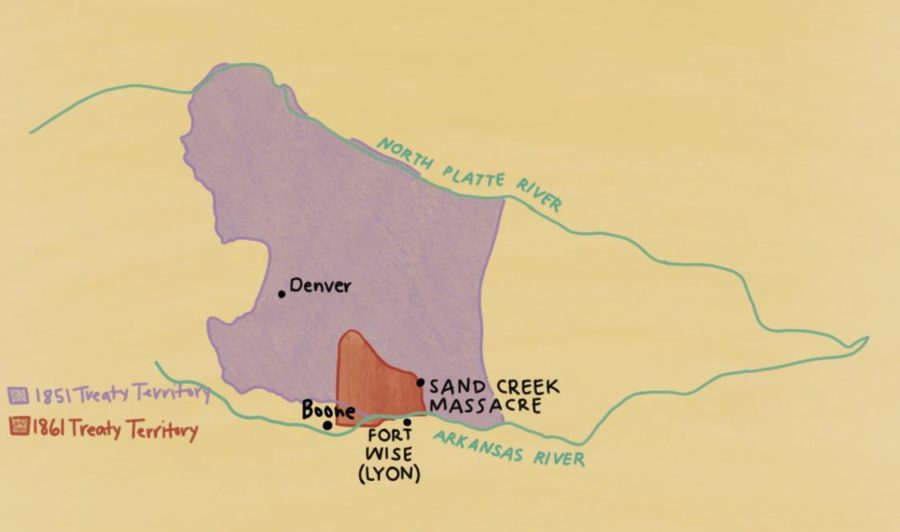
Mourning and loss: the events at Sand Creek
Jessica Sehgal, Clara Gustafson and Frank Herman
• February 27, 2023
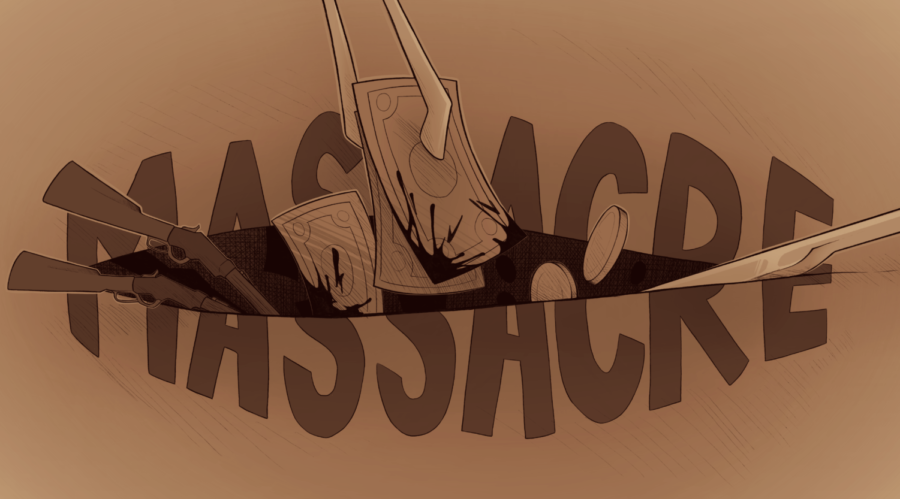
Mass killings in America reveal pattern
Sadie Dowhan, Marin Ubersox, Hazel Hayes and Lily Roback
• February 27, 2023
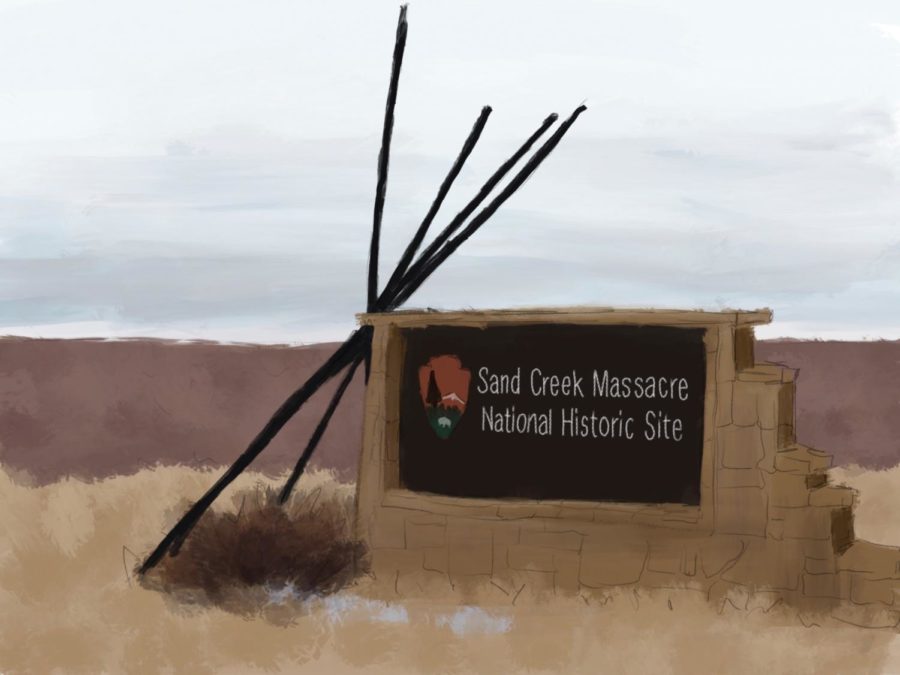
Governmental action on Sand Creek in recent years
Sophia Sherman, Lydah Coates, Charlotte Geyskens and Leah Johnson
• February 27, 2023
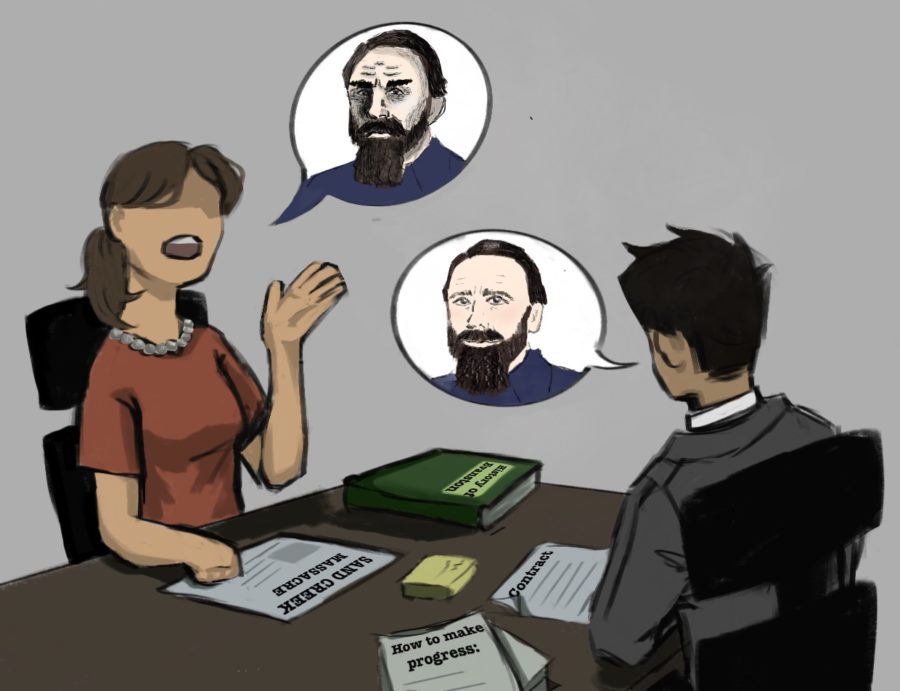
Two different reports about John Evans and Sand Creek, two different tones
Meg Houseworth and Mae Luning
• February 27, 2023
Native American Resources Page
February 27, 2023
Trending Stories
Poll
This poll has ended.
Do you wear socks with your Uggs?
Loading...
Sorry, there was an error loading this poll.

Jeremy Schoen, Staff Writer • March 15, 2024

